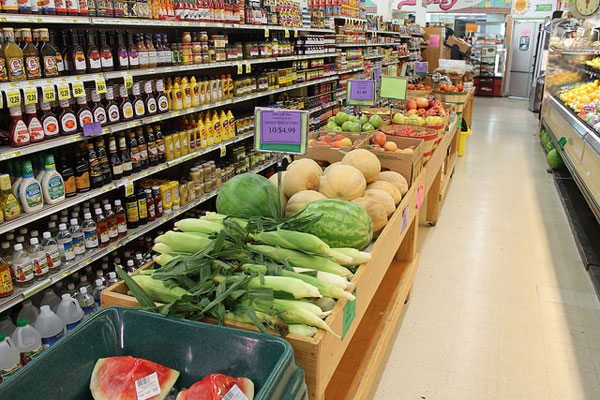
January 18, 2018; Baltimore Sun
A new study, “Baltimore City’s Food Environment: 2018 Report,” released by the city’s Planning Department and the Johns Hopkins Center for a Livable Future, concluded that 23.5 percent of Baltimore residents lack access to healthy, affordable food, reports Ian Duncan in the Baltimore Sun. While this number marks a modest improvement from a survey three years ago that reported a 25 percent figure, that’s still 146,077 city residents.
Among the city’s Black population, 31 percent of residents lack healthy food access, a total of 124,521 people. By contrast, only 8.9 percent of white residents in Baltimore lacked healthy food access. Access also varied greatly by geography. For example, in one city council district, Baltimore’s ninth, which covers sections of west and southwest Baltimore, 56 percent of residents were found to lack access to healthy food.
For the purposes of the study, a community was deemed to lack healthy food access if resident income is below 185 percent of the poverty line, if more than 30 percent of census tract residents lack a car, and if there are no healthy food sources within easy walking distance (defined as one quarter of a mile).
Sign up for our free newsletters
Subscribe to NPQ's newsletters to have our top stories delivered directly to your inbox.
By signing up, you agree to our privacy policy and terms of use, and to receive messages from NPQ and our partners.
The improvement that occurred between 2015 and 2018 was largely the result of the opening of a single supermarket in East Baltimore, which benefitted 5,000 residents. The report states, as Tyler Waldman of WBAL NewsRadio notes, that Baltimore, a city of 621,000, “has 47 supermarkets, 633 corner stores, 185 convenience stores and six city-owned public markets.” Generally, healthy food is far harder to find at corner stores and convenience stores than at supermarkets.
To increase resident access to healthy food in the future, the report issues eight recommendations:
- Support resident-driven processes to guide equitable food policy.
- Improve food quality at the city’s 800-plus corner and convenience stores
- Retain and attract supermarkets.
- Increase the ability of the city’s six public markets to anchor a healthy food environment.
- Scale up locally owned businesses and locally produced food, while reducing waste.
- Leverage existing nutritional assistance and meal programs, such as food stamps (officially known as the Supplemental Nutrition Access Program. or SNAP).
- Support urban agriculture, especially among historically disenfranchised populations and geographies.
- Address transportation gaps that impact food access.
Waldman emphasizes the last recommendation; the challenge, Waldman notes, is “not just about having supermarkets nearby. It’s about being able to get to them.”
For instance, as Sheena Ham, a resident food equity advisor who participated in the study, explains, “The MTA bus has been the most used mode for the many years I was without a personal car. It left me very limited in the amounts of food I could purchase at once, meaning I would have to make several visits within a short time frame or go without some items.”—Steve Dubb













